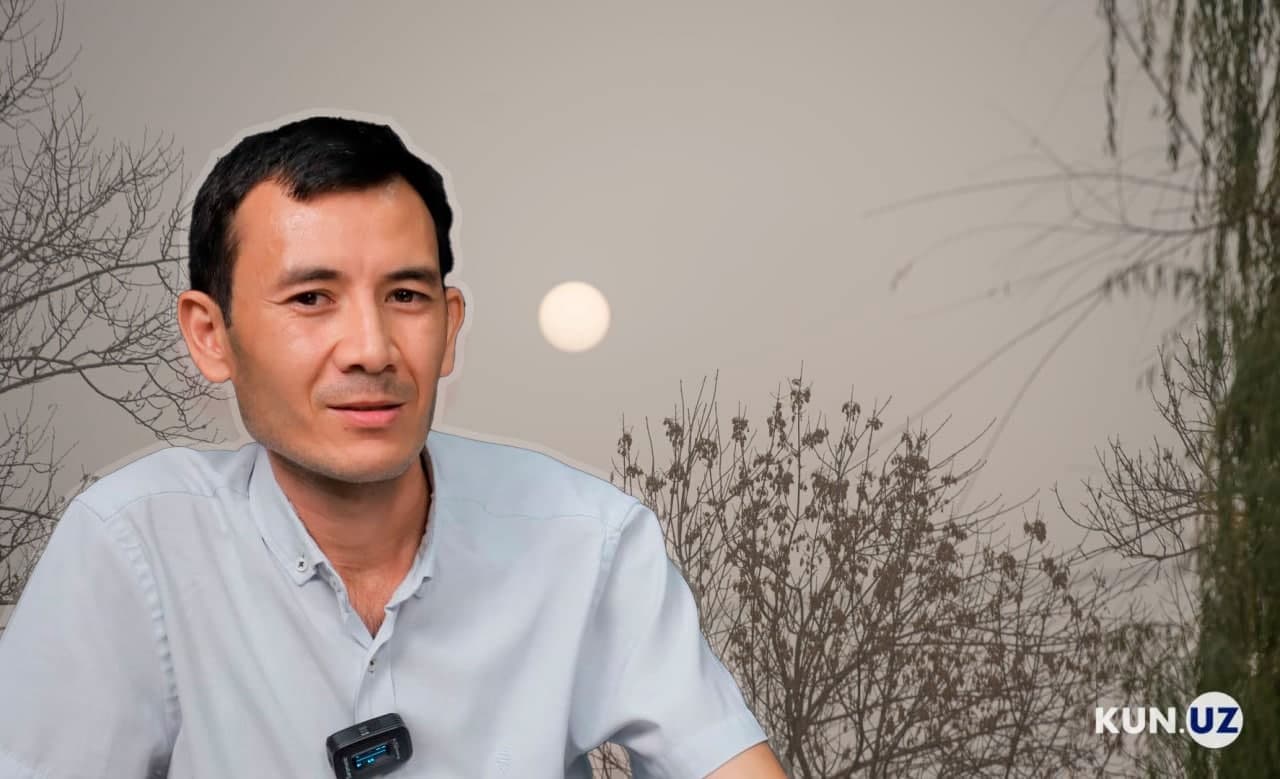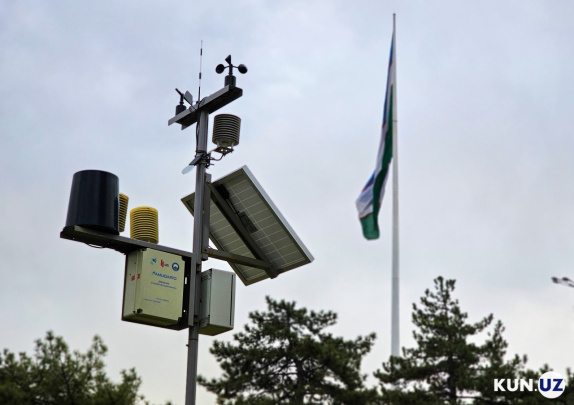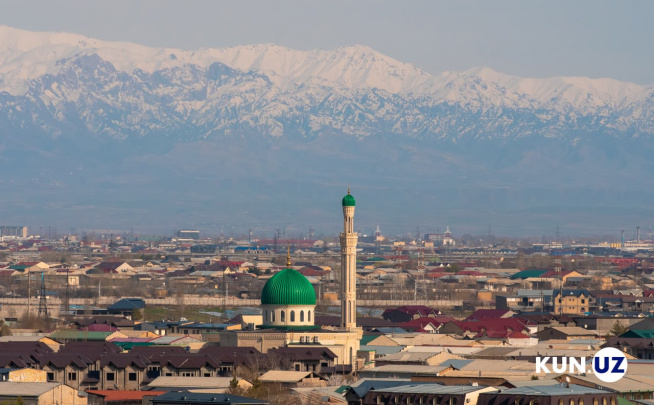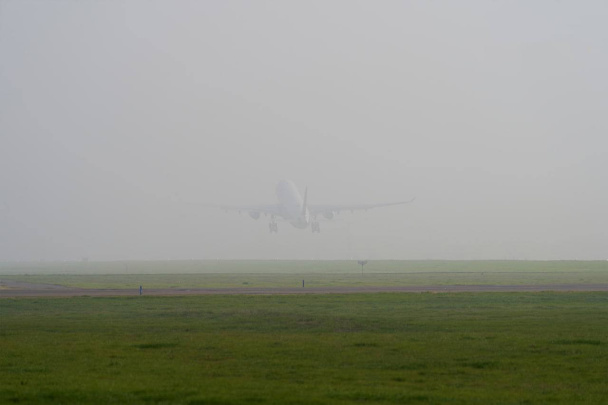Rainfall in autumn and snowfall in winter was significantly reduced. In the summer months, abnormally hot temperatures have been observed, and the flow of cold air entering the territory of Uzbekistan has decreased by 2 times during the year. All this is due to global climate change, hydrometeorologist Erkin Abdulakhatov said.

On the evening of November 4, an unusual dusty fog fell in Tashkent. According to Uzhydromet, in the last 150 years, such dust has not been observed in the air for several days, and this is completely unexpected.
Erkin Abdulakhatov, a specialist at the Hydrometeorological Service, told Kun.uz that there are still small amounts of dust in Tashkent’s air. These substances can be harmful to people with lung-related disease.
What is the state of the atmosphere at the moment?
When the finely dispersed dust particles present in the air as of November 10 were studied, it was found that they did not have a serious impact on the health of a healthy person. At present, the amount of dust in the air of Tashkent is less than 160 micrograms (mcg) per cubic meter of air. That is 90-100 mcg/m³. This does not mean high risk.
Finely dispersed particles in air come in two different sizes. Dust particles smaller than 2.5 and 10 microns. For example, 2.5 micron particles of 30 mkg/m³ per cubic meter of air is the hygienic norm. A 2.5 micron particle is 40 times smaller than a hair fiber. They also enter through masks or other folk remedies (gauze or other fabrics) and can reach the lungs. Therefore, if patients with allergic bronchitis and lung disease breathe in the current air, dust particles can have a pathogenic effect,” the expert said.
Uzbekistan’s climate is drying up
According to Erkin Abdulakhatov, studies show that over the past 10 years, Uzbekistan’s climate has changed dramatically. The country used to have an average of 80 days of cold weather during the year, but now this figure has halved to 35-40 days on average.
Cold currents, which moderate the weather a bit during the summer months, have not entered the republic at all in recent years. This enhances drying in air and soil. This means that global climate change is having a serious impact on our region.
“There is less snow in the winter in the country, and the summer is getting hotter. All this is due to the impact of global climate change on our country,” Erkin Abdulakhatov said.
Previously, there was a lot of rainfall in the fall. In the desert and pasture regions of Uzbekistan, good rainfall, moist and moist soil prevented the rise of dust. However, the worsening situation at the same time worries experts in the field.
Where did the dust storm come from?
According to Uzhydromet, the regional dust storm came to Uzbekistan mainly from southern Kazakhstan. The particles first entered the Tashkent region and the city, then reached Navoi, Bukhara, Samarkand and Jizzakh regions.
“There has been a severe summer drought in southern Kazakhstan this year. As a result, the republic lost 24% of its wheat crop. In September-October, almost no rainfall was observed in the region. Due to the wind, a huge mass of dust flew to Uzbekistan. The loss of moisture in the neighboring country has also affected neighboring regions,” the climatologist said.
Uzhydromet gave a strong wind forecast before the dust storm. But experts have not expected such a spread of dust. The reason is that such an event has not happened in Tashkent for 100 years. The unexpected disaster also surprised experts.
On the night of November 11, there was some precipitation in several places, but this, according to Uzhydromet, is not enough to completely suppress the existing dust in the air. The next rainfall will occur in the second ten days of November, that is, on November 18-19.
According to Erkin Abdulakhatov, Uzhydromet expected rain on November 12 due to the cold north-west current. But the current has now passed through northern Kazakhstan, which means there will be no precipitation. There could have been rain in some areas if the current had passed through central Kazakhstan.
Allegedly, the dust storm that hit on November 4 was caused by climate change.




